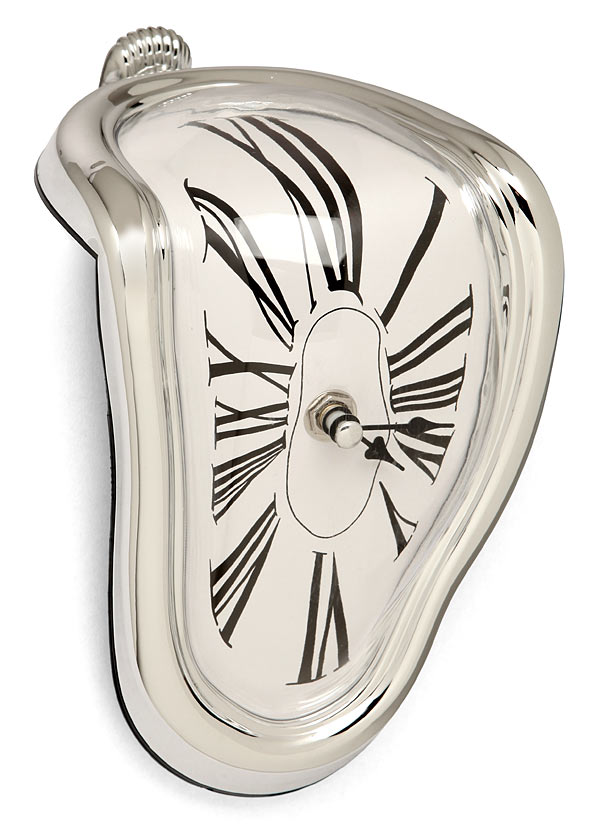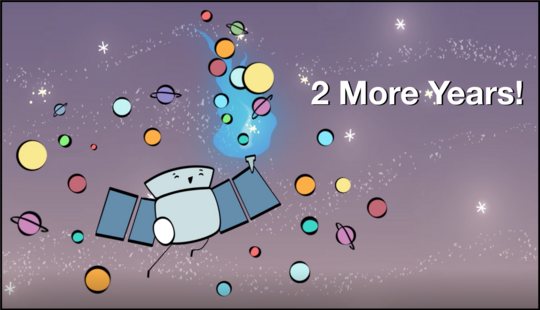Synchronizing with the clocks aboard TESS
SAC assistant professor Carolina von Essen is main author of a paper titled "TESS Data for Asteroseismology: Timing verification" accepted by Astrophysical Journal, and now available on arxiv

The Transiting Exoplanet Survey Satellite (TESS) is a space-based telescope from NASA that is dedicated to find extrasolar planets transiting bright stars. Besides this main goal, the data collected by TESS is ideal to study stars through their pulsations, with a technique called asteroseismology, which is the core of the work done at the Stellar Astrophysics Centre.
TESS i financed to (at least) 2022. It has taken over the planet hunter torch from Kepler (click on the drawing). Illustration: NASA/Goddard SFC
In order to reliably study stars, TESS data have to be very accurate in time. In consequence, to check that the time on board of TESS does not have an offset or a drift, we carried out from the ground and from space contemporaneous observations of eclipses of binary stars. Comparing the timings at which the eclipses took place in a complex study that is fully detailed in the publication, we determined that both clocks (the one on board of TESS and the one corresponding to the ground-based stations) were actually synchronized.
The work was done through an international collaboration of researchers based in Denmark, in the United States, and in Argentina. The PI, Carolina von Essen, is assistant professor at SAC.

